Located on a hill in Hau Sanh village, Phuoc Huu commune ( Khanh Hoa ), Po Rome Tower is the most intact brick-built architectural work of the Cham people in the ancient land of Panduranga.
Along with Hoa Lai Tower and Po Klong Garai Tower, Po Rome Tower is known as one of the three most sacred temples of the ancient Panduranga land.
Unique brick architecture
According to recorded documents, Po Rome Tower Temple was built around the end of the 16th century - the beginning of the 17th century to worship King Po Rome. The overall architecture of the tower was built in the Late style, similar to Po Klong Garai Tower.
This is one of the architectural works with very few decorative lines, reliefs and carvings compared to other Cham tower clusters in Ninh Thuan province (old).
Although not built as elaborately and magnificently as Hoa Lai Tower and Po Klong Garai Tower, Po Rome Temple Tower is an ancient and oldest structure built with extremely majestic red bricks by the Cham people from ancient times. In particular, the tower still retains intact its great values in terms of architecture and sculpture despite having gone through many ups and downs of history.
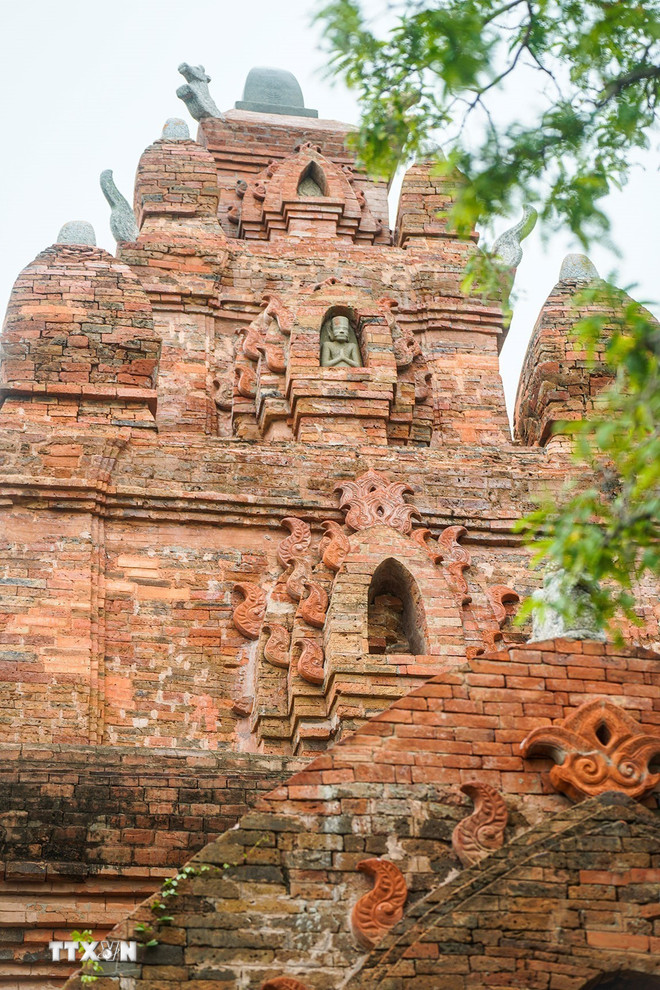
Basically, the entire relic site includes the Main Tower, the Sub-Tower and a small temple. The highlight of the entire structure is concentrated on the main tower.
The main tower is about 8m high and the base is also nearly 8m wide. The main facade of the tower faces East, the door is carved into arcs, and below is a statue of Saint Siva and a flame-shaped stone block. Inside the main hall is the worship area of King Po Rome and Queen Po Bia Sancan with a rather simply decorated interior.
The remaining Sub-Tower is used to worship Queen Pra Sucih and inside there is also the tomb of King Po Rome. Coming to the tower, you will see and touch the ancient red bricks. Not only that, you can also listen to the tour guide or the local people tell the thrilling stories and legends of the Po Rome dynasty during its heyday.
In 1992, the tower was recognized as a National Historical Relic by the Ministry of Culture and Information (now the Ministry of Culture, Sports and Tourism).
The legendary story of King Po Rome
According to historical sources in the Cham language in the work “Royal Chronicle of Champa”, King Po Rome ruled the Champa kingdom for 24 years (1627-1651). He had many great contributions in organizing the construction of irrigation works, bringing water to the fields to serve the development of agricultural economy and rice cultivation.
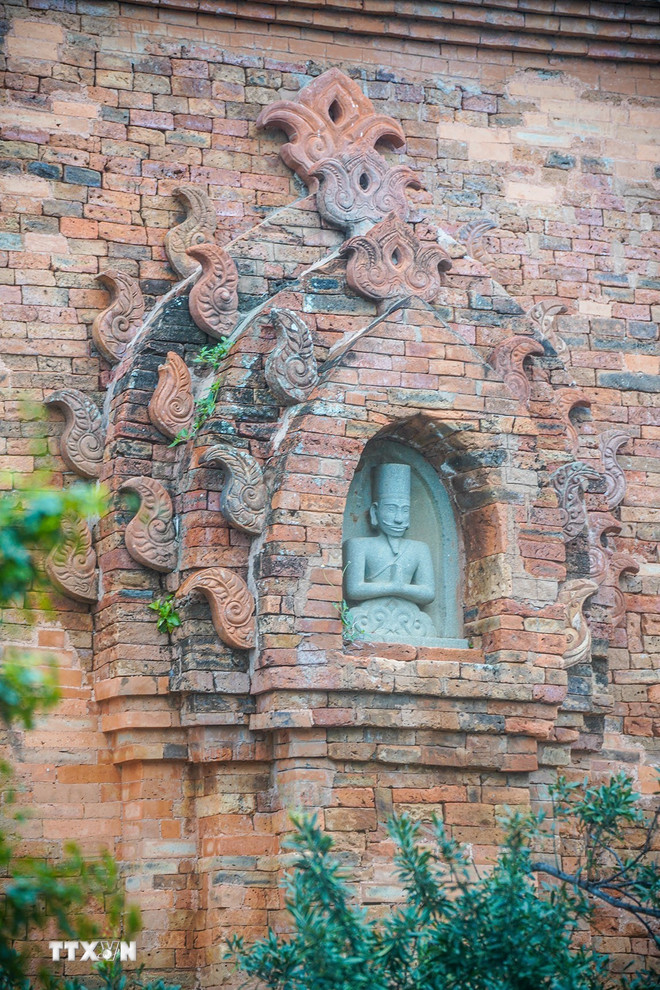
Currently, the irrigation works built during the reign of King Po Rome are still exploited and put into use by the Cham people, such as the Maren dam system, Cha Vin dam, Ca Tieu dam and Da dam, which carry water through Cham villages in Thuan Nam and Ninh Phuoc.
Besides focusing on developing irrigation and agricultural economy, King Po Rome was the one who reconciled the two religions of Brahmanism and Islam, living in harmony and having close relations with each other in religious activities. From there, ending religious conflicts in the Cham community, creating a unique cultural identity of the Cham people.
Regarding the background of King Po Rome, the Cham people recount that the king's mother fell in love with a man of the common class, which was opposed by the Royal Council. While pregnant with Po Rome, his mother had to flee from the family that gave birth to him.
Born into a family lacking love, his mother named him Ja Kathaot, which means Poor Boy. From a young age, Po Rome worked as a buffalo herder for a rich family. One day, because he fell asleep, the buffalo herd went far away to find food and destroyed the king's crops. Po Rome and his mother came to ask to redeem the buffalo, but he did not dare to go in, just sat timidly outside the door.
The astrologer told the king that the young man outside would become the future king, so he had the buffalo brought back. Later, the king married his youngest daughter to Po Rome and gave him the power to inherit the throne. Since then, a brilliant Po Roem dynasty began in Champa history.
Place to hold traditional Cham festivals
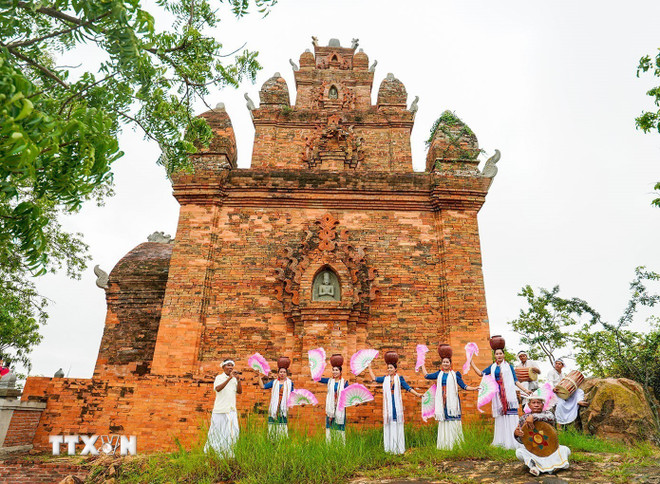
Not only preserving many great values in terms of history and architectural art, Po Rome Temple Tower is also a place for Cham people to organize traditional festivals, of which there are 4 major festivals held annually including the Yuer Yang Festival held in the 4th lunar month; Kate Festival held in the 7th lunar month; Motherland Memorial Ceremony held in the 9th lunar month and the Tower Opening Ceremony held in the 11th lunar month.
So if you come to Po Rome tower on these occasions, you will experience the bustling festivals imbued with Cham Pa cultural identity with unique and interesting songs, dances, music...
The preservation of historical and cultural values and the restoration of traditional festivals here are being implemented in conjunction with tourism development under Project 6 of the National Target Program on socio-economic development in ethnic minority and mountainous areas for the 2021-2030 period.
When should I visit Po Rome Temple?
You can visit Po Rome Temple at any time of the year if it is convenient. However, according to travel experience, the relic site will not have much shade while the weather here is often hot and humid.
So the best time is before noon and late afternoon. At this time, the weather is quite pleasant and the sun is also very beautiful, so it is extremely suitable for sightseeing and photography activities./.
Source: https://www.vietnamplus.vn/khanh-hoa-kham-pha-kien-truc-doc-dao-o-den-thap-po-rome-cua-nguoi-cham-post1072328.vnp




![[Photo] Da Nang: Water gradually recedes, local authorities take advantage of the cleanup](https://vphoto.vietnam.vn/thumb/1200x675/vietnam/resource/IMAGE/2025/10/31/1761897188943_ndo_tr_2-jpg.webp)
![[Photo] Prime Minister Pham Minh Chinh attends the 5th National Press Awards Ceremony on preventing and combating corruption, waste and negativity](https://vphoto.vietnam.vn/thumb/1200x675/vietnam/resource/IMAGE/2025/10/31/1761881588160_dsc-8359-jpg.webp)
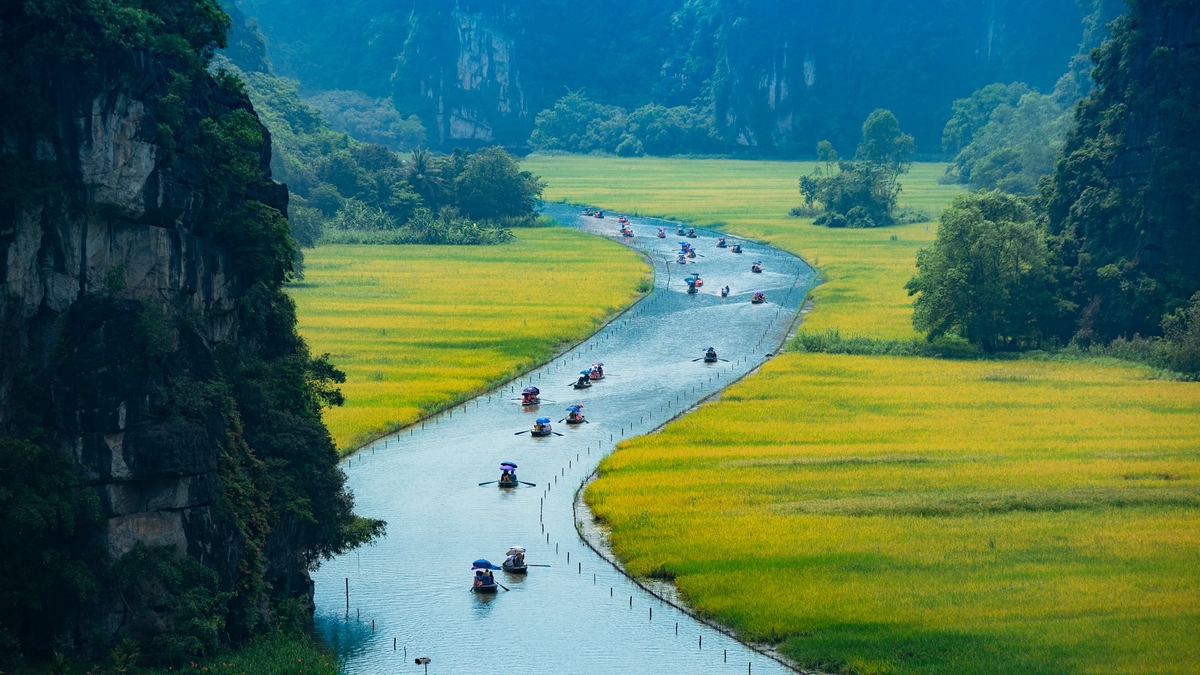

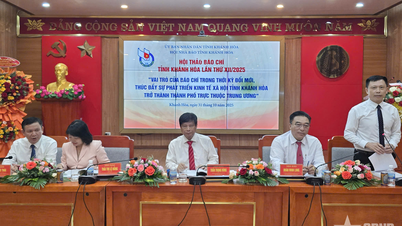

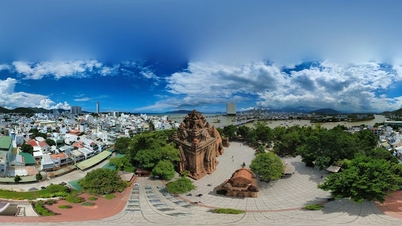



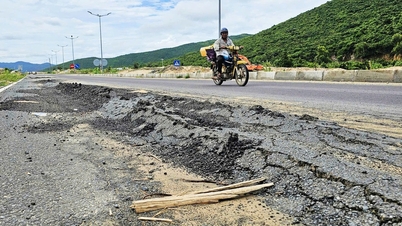

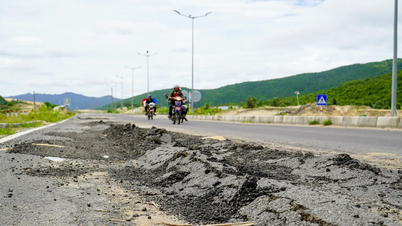


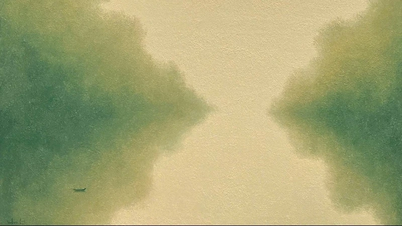

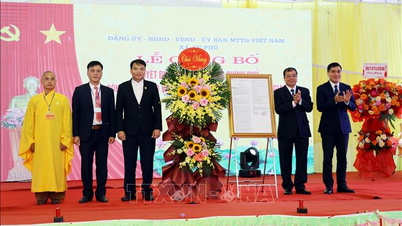
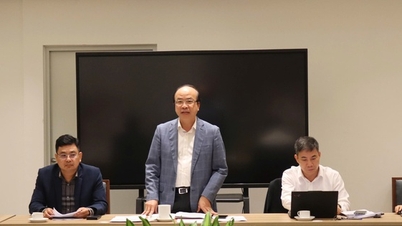

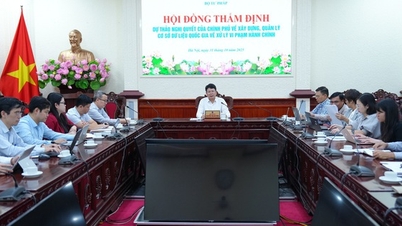
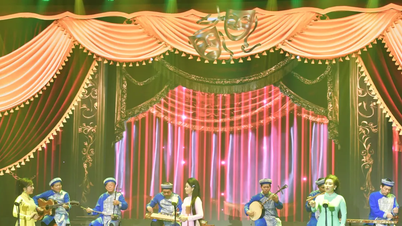
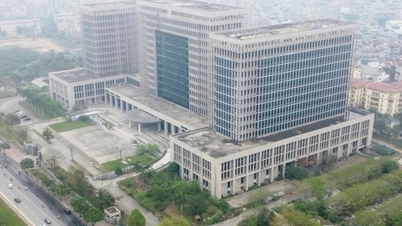






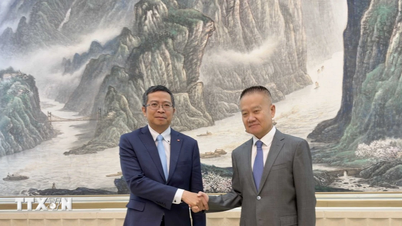

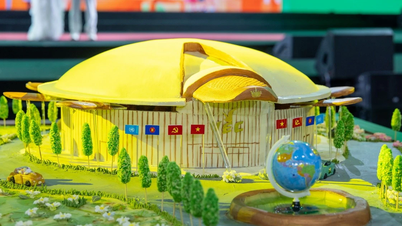

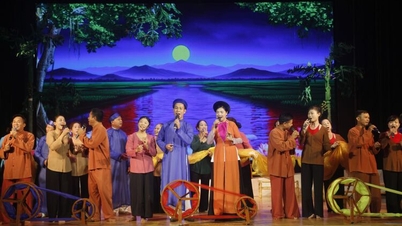

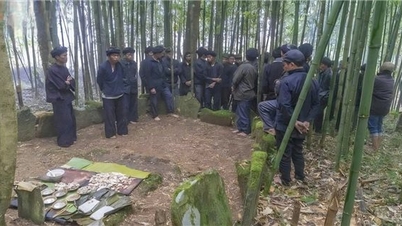

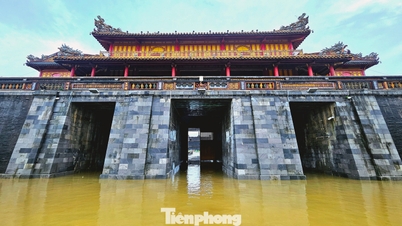

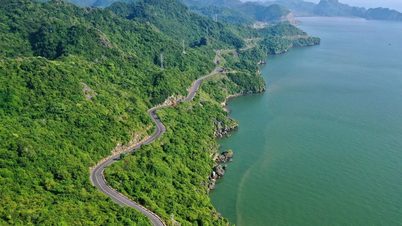

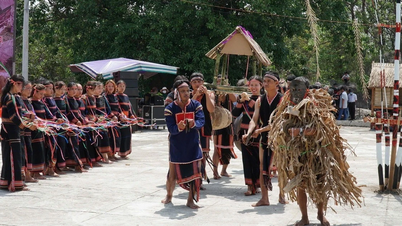


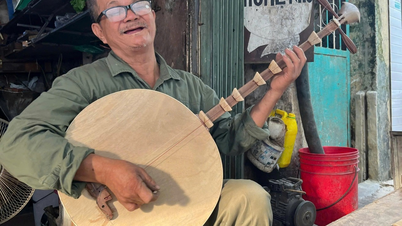







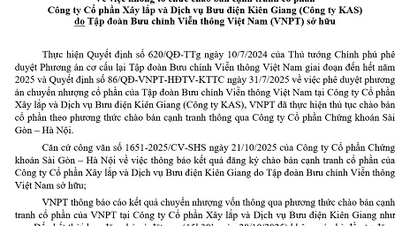


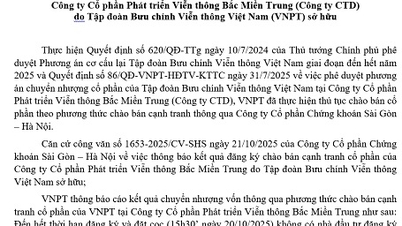
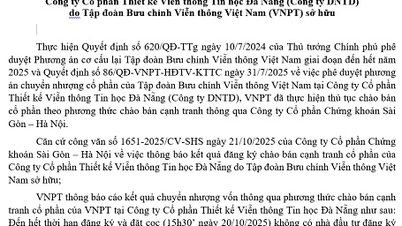







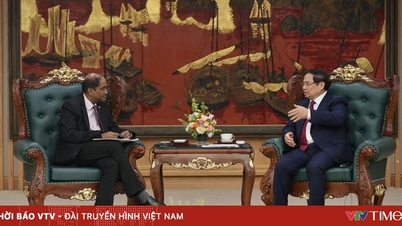

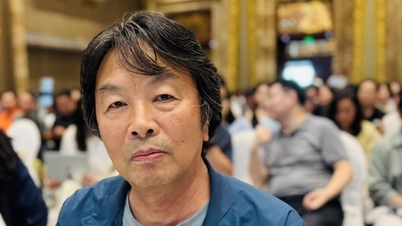


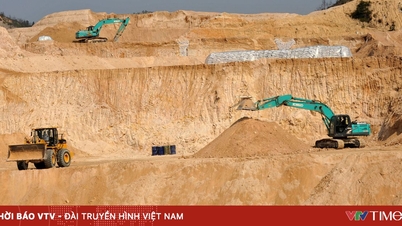




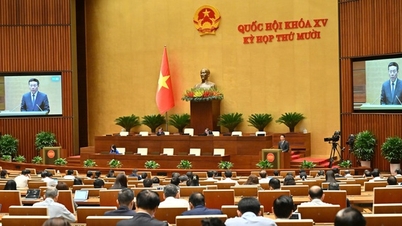

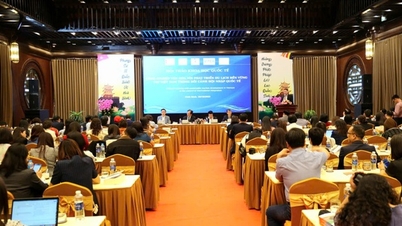



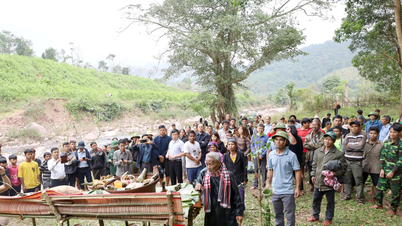



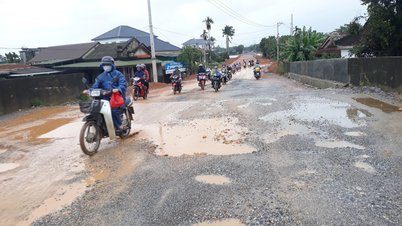

















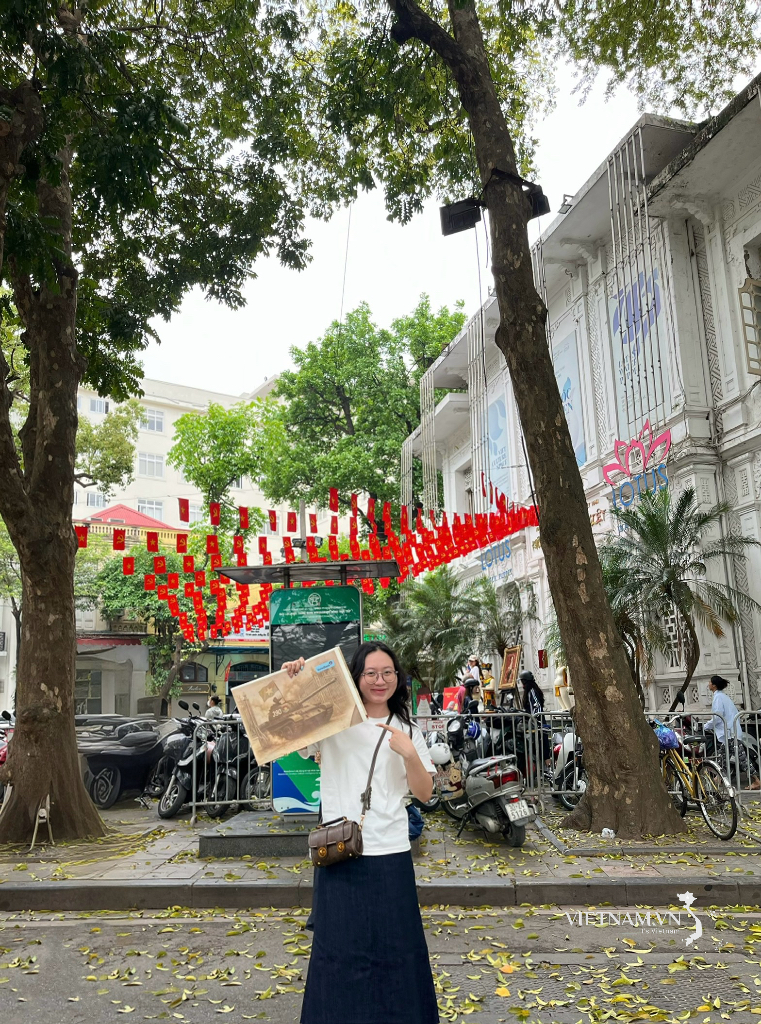

Comment (0)